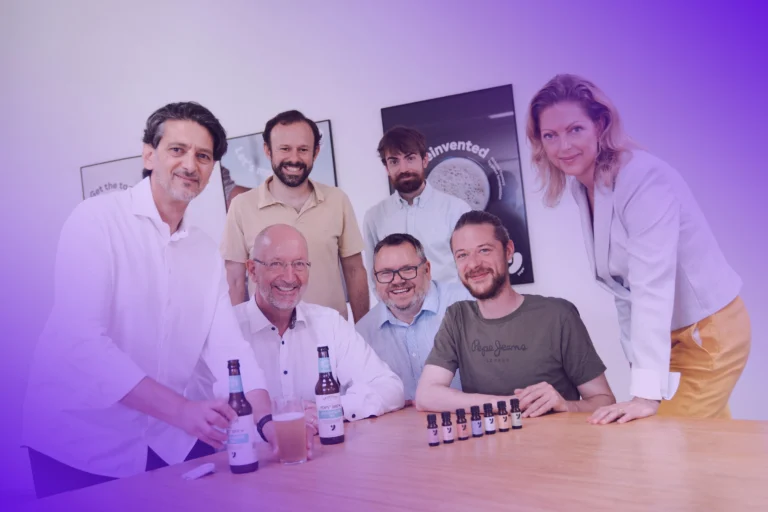

New research explores sorghum-derived scaffolding for lab-grown pork, offering a stable, gluten-free foundation for cultivated meat production
Cultivated meat, once the stuff of futuristic dreams, is now a reality. For over a decade, lab-grown options have been in development, and in some regions like the USA and Singapore, lab-grown chicken is even making its way onto restaurant menus. This emerging field, bolstered by plant-based scaffolding, is bringing new options to the table. Recent research published in the Journal of Agricultural and Food Chemistry details a prototype cultured pork using kafirin, a protein isolated from red sorghum grain.
Cultivated meats, often regarded as ethical and environmentally conscious alternatives to traditional meat, can require significantly less land and water, with fewer greenhouse gas emissions involved in production. Unlike plant-based options, cultivated meats use actual animal cells, grown in the lab on protein scaffolds, without needing to source them directly from animals.
Various materials like wheat gluten, pea protein, and soy protein have been explored for creating these scaffolds. However, these water-soluble proteins often need additional treatments or can cause dietary issues for individuals with gluten sensitivities or allergies. Linzhi Jing, Dejian Huang, and their team proposed a gluten-free, water-insoluble alternative—kafirin, a protein derived from sorghum grain. This protein offers a stable scaffold for cultivating pork cells without the need for complex processing steps.
The researchers developed a porous, 3D scaffold by coating sugar cubes in a kafirin solution. Once the sugar was dissolved, a cube-shaped, porous structure remained, ready for cell growth. Introducing pork stem cells to the scaffold, they observed, over 12 days, that the cells adhered well and began forming pork muscle and fat cells. This cultured pork displayed higher protein and saturated fat content than raw pork, along with fewer mono- and polyunsaturated fats. The sorghum’s natural pigments also gave the meat a pork-like color and added antioxidant properties.
Yet, the kafirin scaffold’s stability led to a surprising result: the texture and color of the cultured pork remained relatively unchanged even after boiling. While the prototype demonstrates kafirin’s promise as a scaffolding material, the team notes that further refinement is needed to enhance its nutritional and textural qualities for future cultivated pork products.
If you have any questions or would like to get in touch with us, please email info@futureofproteinproduction.com


-p-800.jpg)



